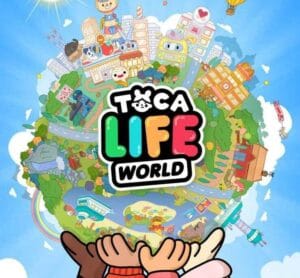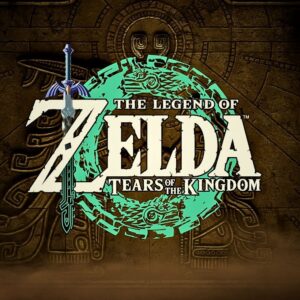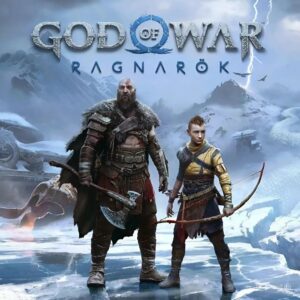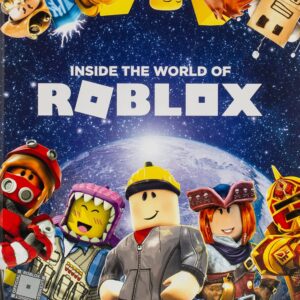Blizzard Reverses Divisive Stadium Change in Overwatch 2 Season 19 Following Community Uproar
Popular Now
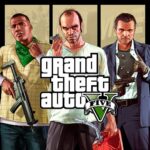 Grand Theft Auto V
Grand Theft Auto V
 R.E.P.O
R.E.P.O
 Brawl Stars
Brawl Stars
 Toca Boca World
Toca Boca World
 CarX Street
CarX Street
 EA SPORT FC 25
EA SPORT FC 25
 Genshin Impact
Genshin Impact
 God of War Ragnarök
God of War Ragnarök
 The Legend of Zelda
The Legend of Zelda
 Stumble Guys
Stumble Guys 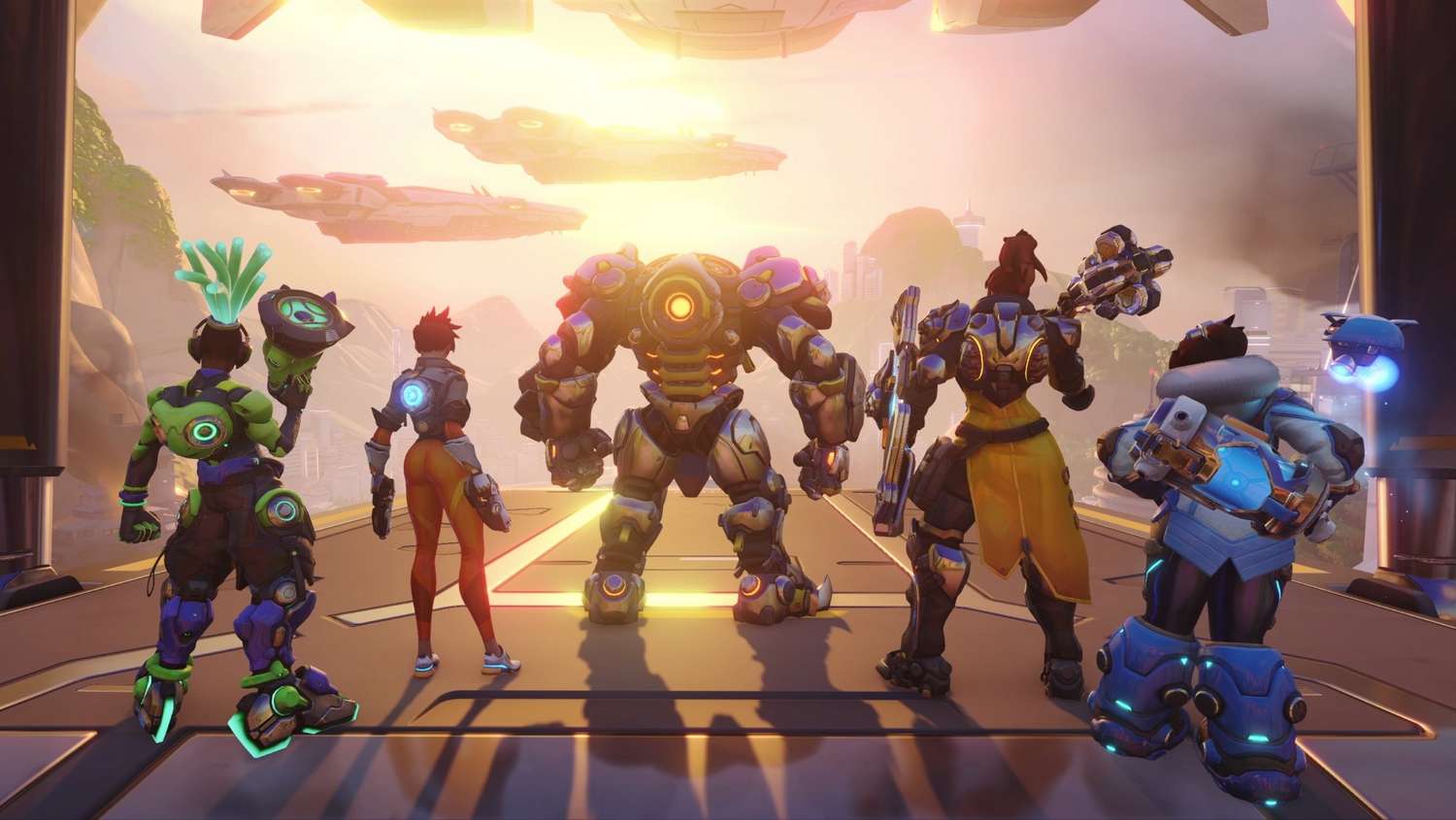
Blizzard Entertainment has executed a rapid reversal of one of the most contentious changes introduced in Overwatch 2 Season 19, specifically targeting a controversial alteration to the popular Stadium competitive game mode. Within less than a week of the season’s launch, the development team acknowledged overwhelming negative feedback from the dedicated player base and swiftly moved to restore a critical element of the mode’s original design, demonstrating a commitment to player retention and community engagement—a vital component for the health of any live-service title.
While the exact change that was reverted is not universally specified across all announcements, the immediate context points to an earlier, similar reversal regarding hero selection restrictions. The developer’s swift action is a clear response to the “combined fury” of the Overwatch 2 community, specifically those invested in the high-stakes, customization-heavy Competitive Stadium environment. This decision highlights a recurring tension between developer experimentation and player preference in the dynamic gaming landscape.
📉 The Competitive Stadium Controversy: Why the Community Rebelled
Season 19, themed “Haunted Masquerade,” brought a substantial wave of updates to Overwatch 2’s various modes, but the most dramatic changes were reserved for Stadium—the mode famous for its unique power-up and build-crafting mechanics. The update introduced several new features, including the highly anticipated Stadium Gadgets and the addition of heroes like Sojourn, Torbjörn, and Hazard. However, the community’s frustration primarily stemmed from radical alterations to the competitive format, which many felt fundamentally undermined the mode’s strategic depth.
The core of the issue for many top-tier players lay with the changes to match structure and hero picks:
Best-of-Five (Bo5) Format: Competitive Stadium was shortened from a Best-of-Seven (Bo7) format to Bo5. While the official goal was to “shorten match length while preserving depth,” the passionate segment of the community argued that Bo5 removed crucial late-game rounds, effectively hindering complex build-crafting strategies that require time to accumulate the necessary Stadium Cash and high-tier items. Competitive players felt the mode was becoming “rushed and unsatisfying,” favoring early-game advantages over strategic, sustained play. This change threatened the long-term engagement metrics of the mode.
Hero Selection Restrictions (Likely Reverted): Although not explicitly confirmed as the latest reversal, the community has previously rallied against changes to hero selection. An early, short-lived restriction on mirror matchups in Stadium was swiftly removed after launch backlash. In the current context, the reversal may be related to an aspect of the hero pool, pick-order, or another contentious selection rule that negatively impacted the ability of players to execute their favorite high-DPS builds or reliable support meta strategies.
The rapid developer response, with Blizzard stating they are “grateful to everyone who tried it out and shared feedback,” underscores the necessity of Agile Development and quick iteration in the multiplayer gaming sector. This is a critical lesson in balancing fresh content with the expectations of an established player base that invests significant time and often high-CPC in-game purchases into a specialized mode.
 💰 The Economic and SEO Implications of Game Reversals
💰 The Economic and SEO Implications of Game Reversals
From a business standpoint, the prompt reversal of a divisive change is a powerful indicator of responsible game operation. Leaving a broken or frustrating feature in a highly visible mode like Competitive Stadium can lead to: decreased player hours, lower Battle Pass engagement, and, crucially, a drop in revenue from cosmetic sales—all of which are High-Value Business Metrics.
Targeted Keywords and Market Value:
- Overwatch 2 Competitive News: The news cycle surrounding a reversal generates massive search traffic, ensuring the game remains a top result for players tracking live service updates.
- Best Competitive FPS Games: Maintaining the integrity and quality of the competitive experience is paramount for attracting and retaining players interested in high-level esports-grade gameplay.
- Stadium Build Guides: Players rely on the stability of the game’s mechanics to invest time in creating and sharing Stadium build guides. Instability ruins this User-Generated Content (UGC) ecosystem.
By reverting the change, Blizzard mitigates potential long-term damage and reaffirms its position as a developer that listens. This immediate action helps to repair the relationship with the hardcore competitive gaming segment, who are often the most influential in shaping a game’s public perception and digital word-of-mouth marketing.
🛠️ The Broader Season 19 Stadium Update: Gadgets and New Heroes
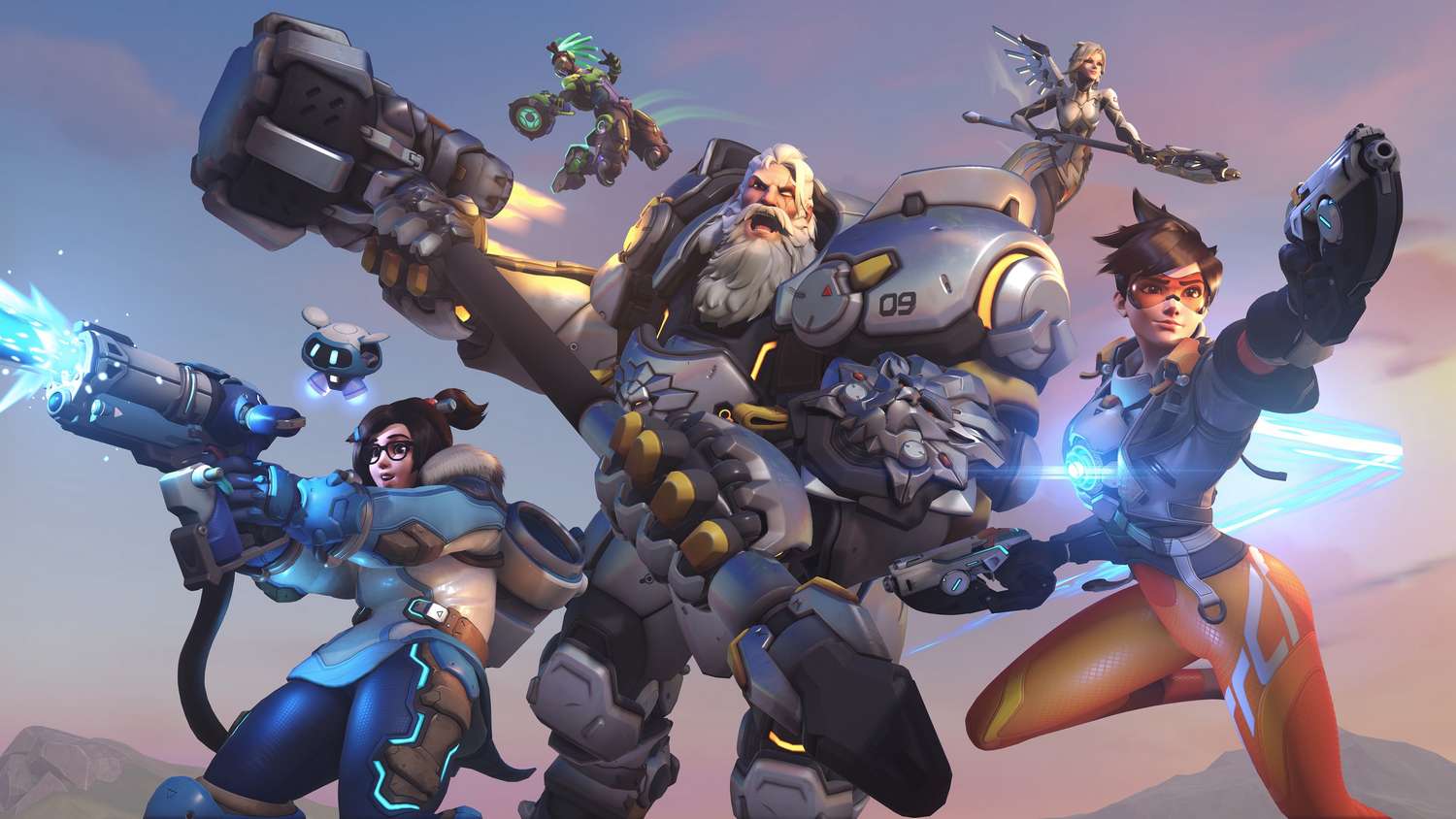 Beyond the controversy, Season 19 introduced a significant amount of fresh content that aims to elevate the Stadium experience. These new features will continue to drive game-changing meta shifts and are key to the mode’s long-term success:
Beyond the controversy, Season 19 introduced a significant amount of fresh content that aims to elevate the Stadium experience. These new features will continue to drive game-changing meta shifts and are key to the mode’s long-term success:
- Stadium Gadgets: These new active items, such as Colossus Core and Kitsune Charm, provide a tactical “ace up your sleeve” for players, allowing for one high-impact ability per match. This mechanic adds a new layer of real-time decision-making to the Stadium formula.
- New Hero Additions: The introduction of Sojourn, Torbjörn, and the new tank hero Hazard dramatically expands the strategic options. Torbjörn’s ability to gain multiple, level-three turrets and Sojourn’s rapid-fire railgun options have immediately changed the Damage Role dynamics.
- Ana Rework: The Support hero Ana received a major rework with four new, powerful Stadium Powers, shifting her playstyle and increasing her viability in the higher ranks of Competitive Play.
In conclusion, while the core competitive mode experienced a brief, jarring misstep that necessitated a public rollback, the overall direction of Overwatch 2’s Stadium mode remains one of robust, innovative expansion. The swift developer action is a positive signal for the future, proving that community feedback can directly influence the design and maintenance of their favorite PVP experience. The focus now shifts back to the new Gadgets and hero additions that will ultimately define the Season 19 meta.
